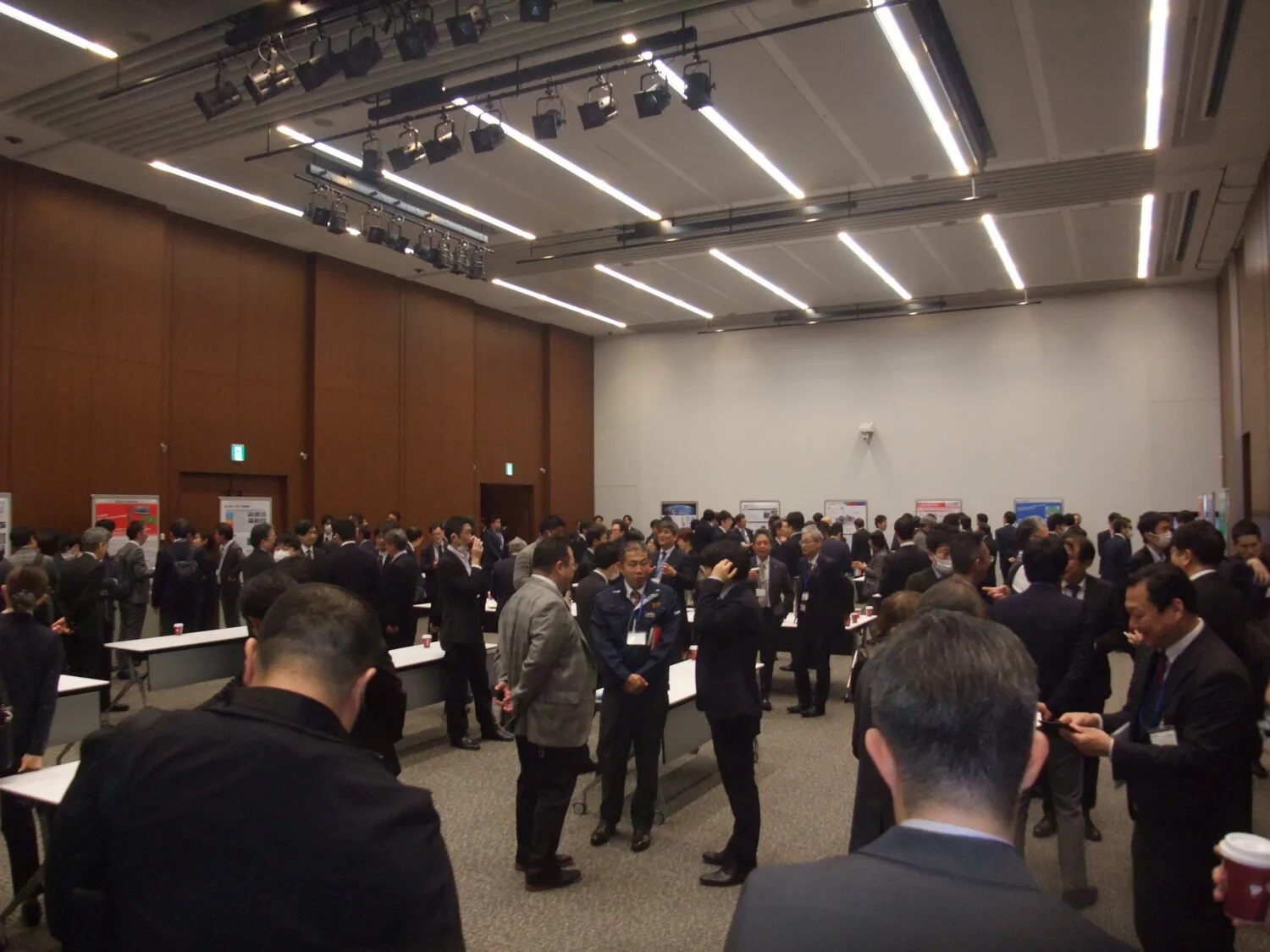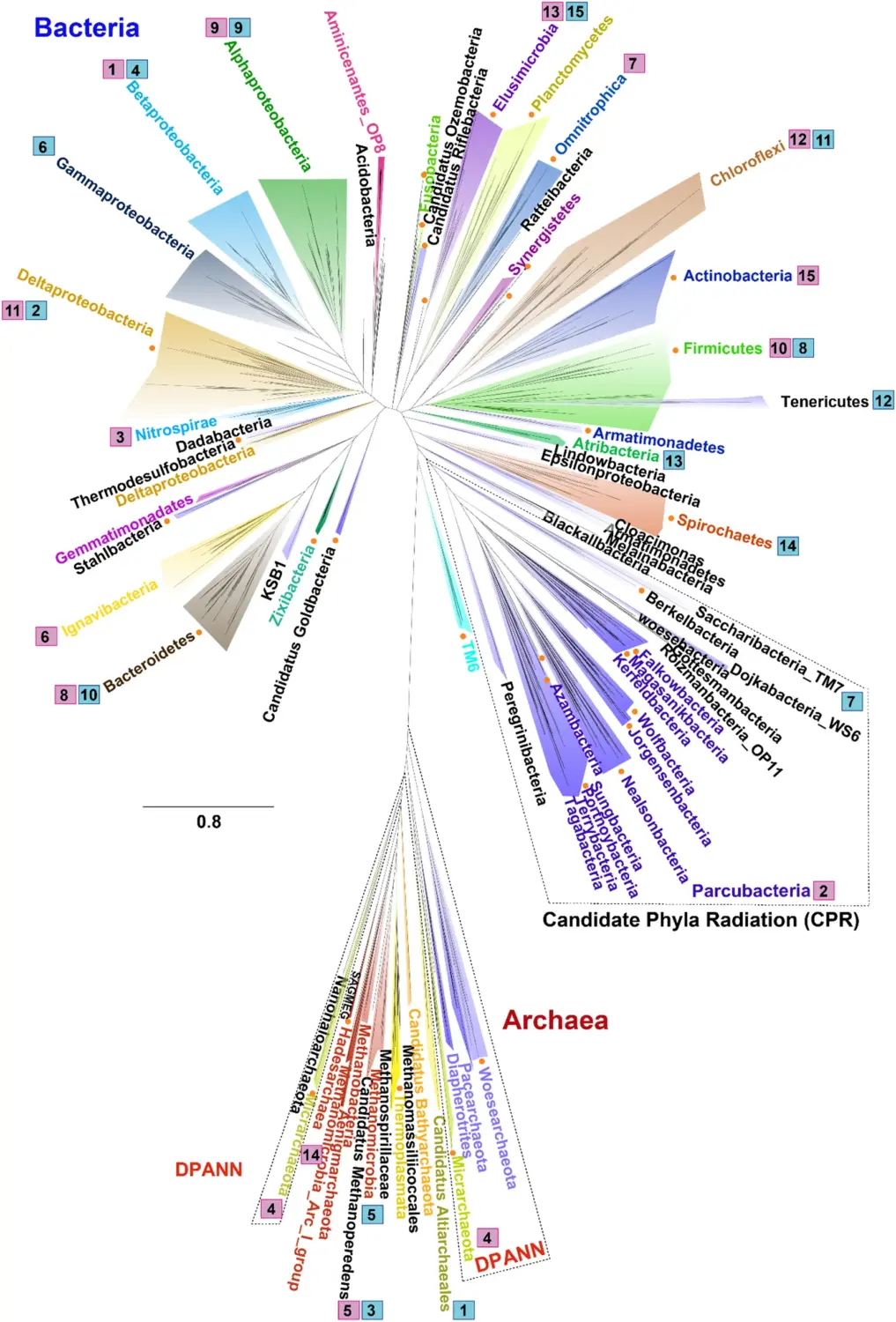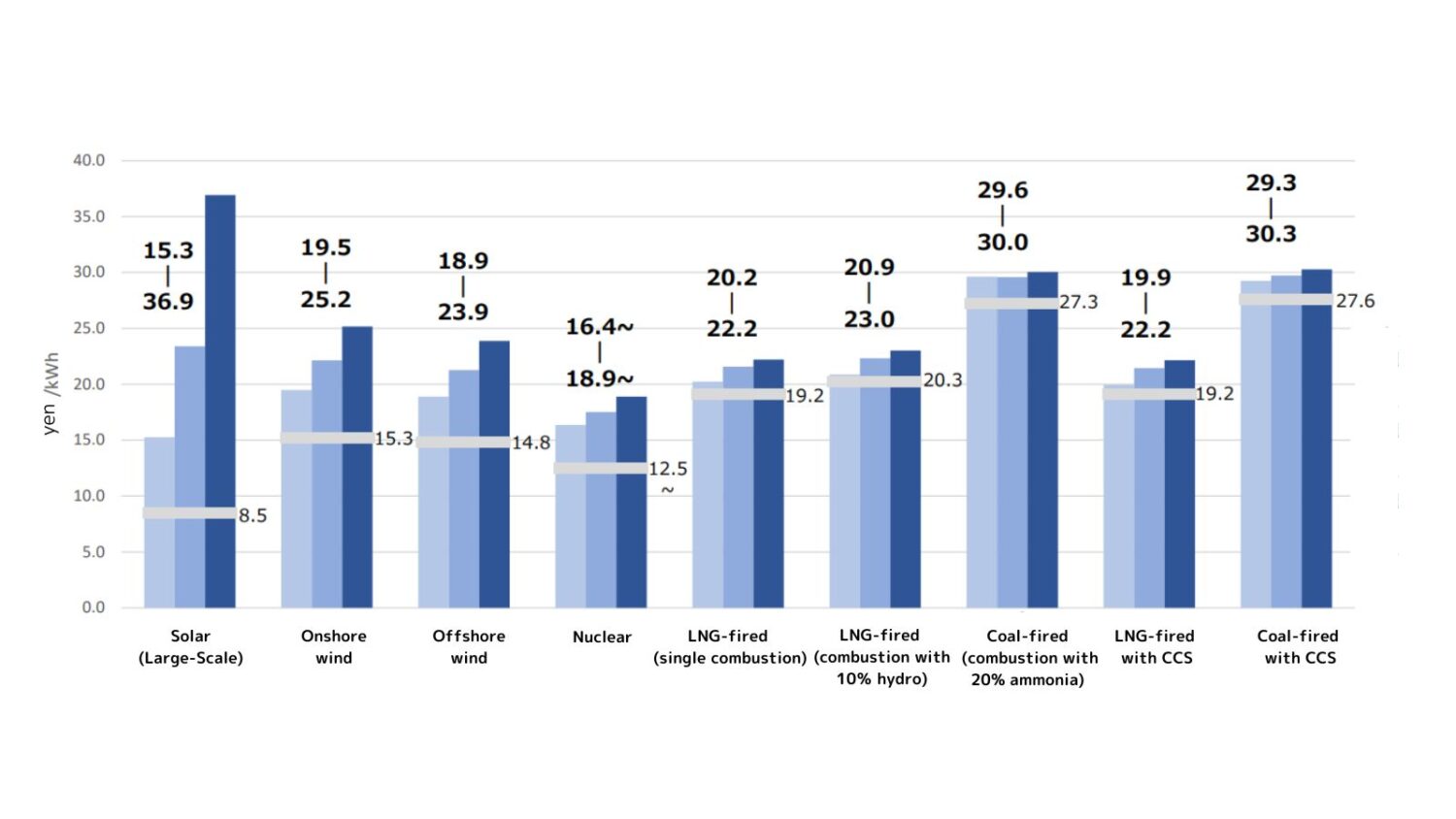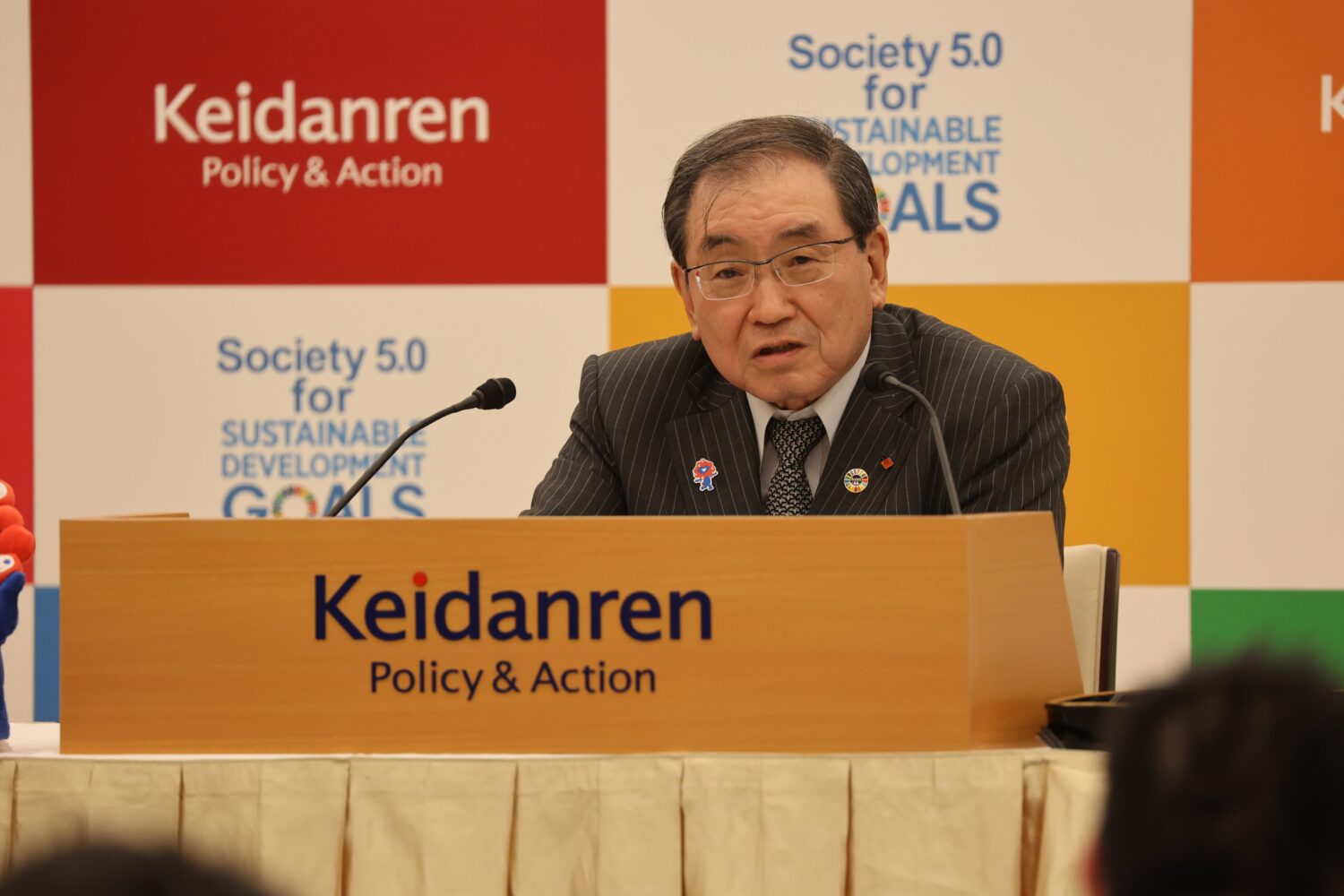Due to the increased use of renewable energies and the restart of nuclear power plants, the percentage of decarbonized power sources rose to 31.4% and the country’s energy self-sufficiency rate reached 15.2%, both showing their highest levels since the giant earthquake that hit eastern Japan in March 2011.
Final energy consumption during the fiscal year was 11,476PJ, down 3.0% year-on-year, the second consecutive annual decline. That appears attributable to sluggish production activities in the manufacturing sector and lower rates of teleworking in the residential sector (i.e., people resumed their commuting to work after COVID-19).
Although different calculation methods started to be used in 1990, final energy consumption in Japan rose steadily throughout the economic bubble period (roughly the late 1980s) and peaked at the beginning of the 2000s. It has been decreasing more recently, moving toward the levels that existed during the ‘oil shock’ years of the 1970s.
In FY23, domestic supplies of primary energy decreased by 4.1% year on year, with fossil fuels falling by 7.0% and non-fossil fuels rising by 10.6%. Meanwhile, renewable energies, including hydropower, have increased for 11 years in a row.
Nuclear energy grew by 51.2% over the same period to its highest level in the past decade, as idle NPPs in the country have gradually come to be restarted. In FY23, the Takahama-1 and -2 NPPs, owned and operated by the Kansai Electric Power Co. (Kansai EP), were restarted in July and September 2023, respectively.
The amount of electricity generated in Japan in FY23 fell by 1.6% on a year-on-year basis (985.4 TWh), the lowest such change since FY10. Meanwhile, the share of non-fossil sources in the country increased to 31.4%, showing growth beyond 30% for the first time since the giant March 2011 earthquake.
Japan’s energy-related CO2 emissions in FY23 dropped by 4.8% on a year-on-year basis to 0.92 billion tons, or 25.9% below the level of FY13, for their lowest level since FY90.
Meanwhile, the country’s carbon intensity for electricity generation during the fiscal year was 0.45kg-CO2/kWh, down 4.1% from the year before.





-1.png)















